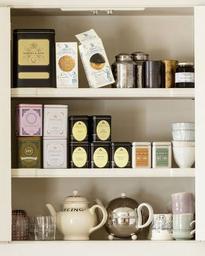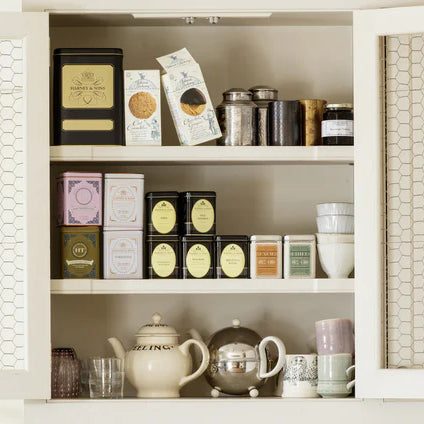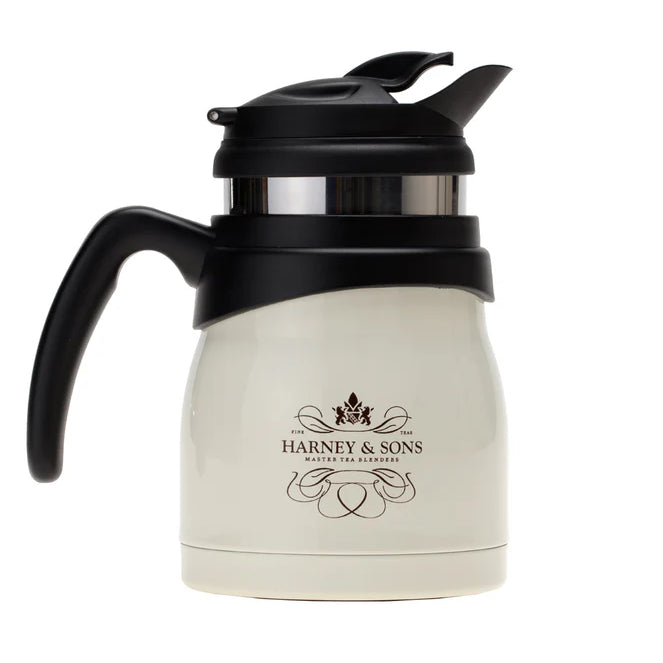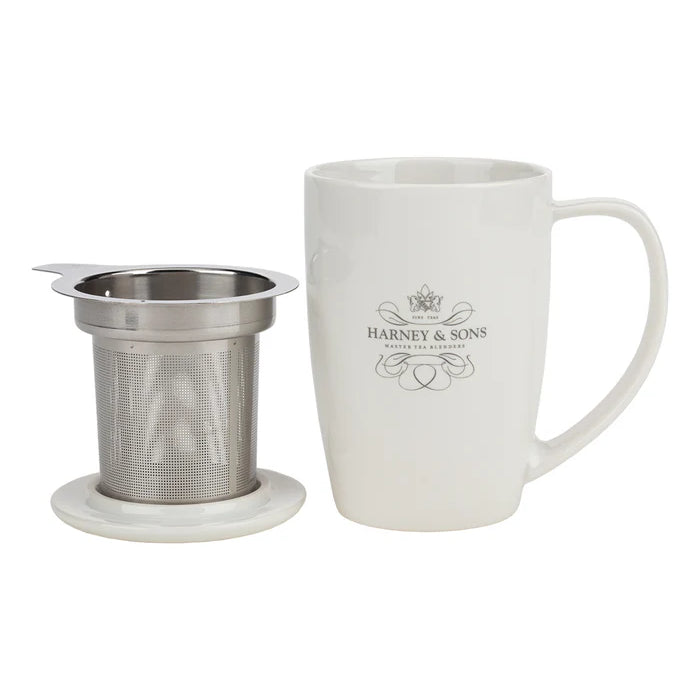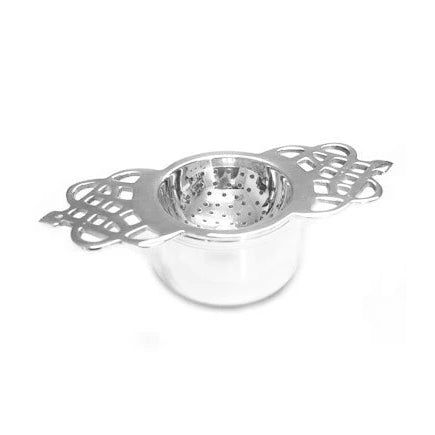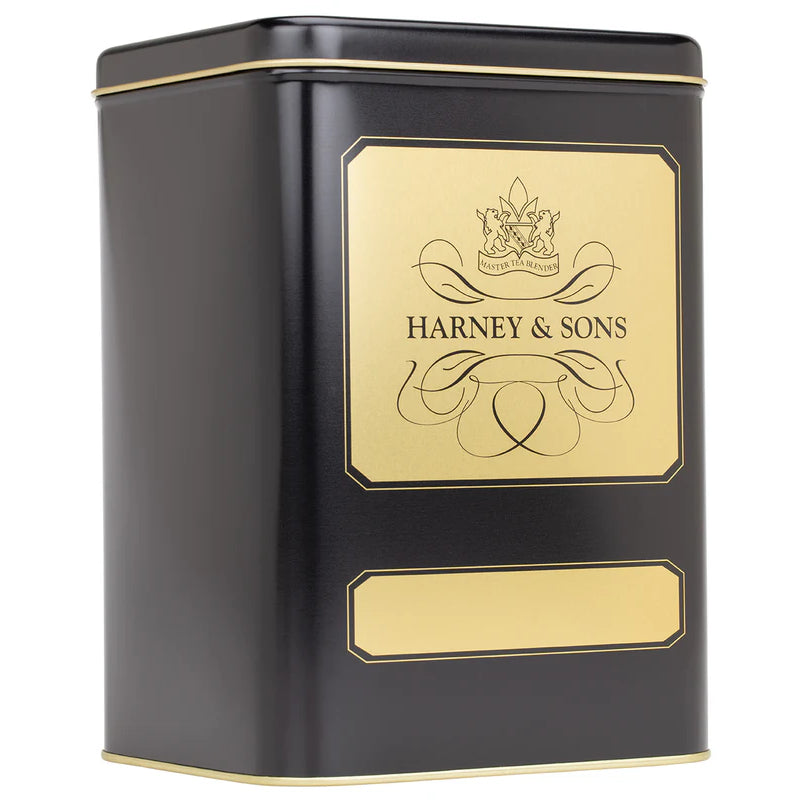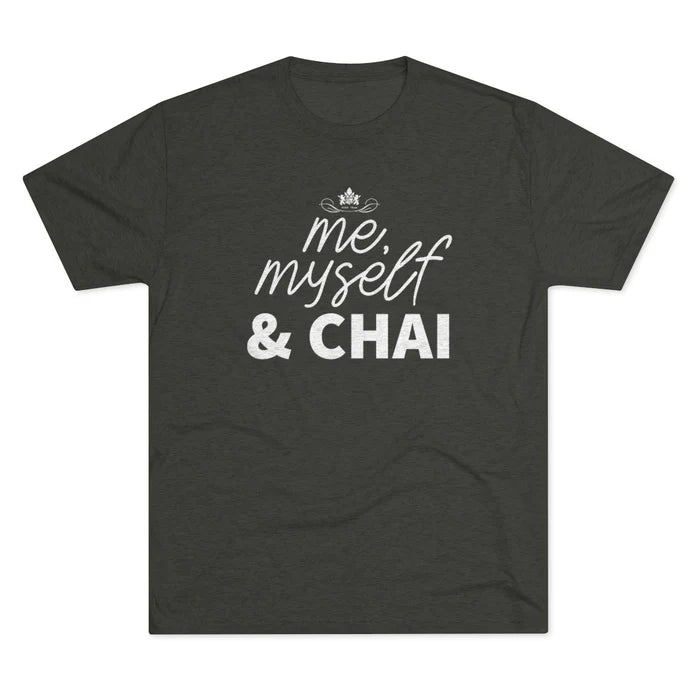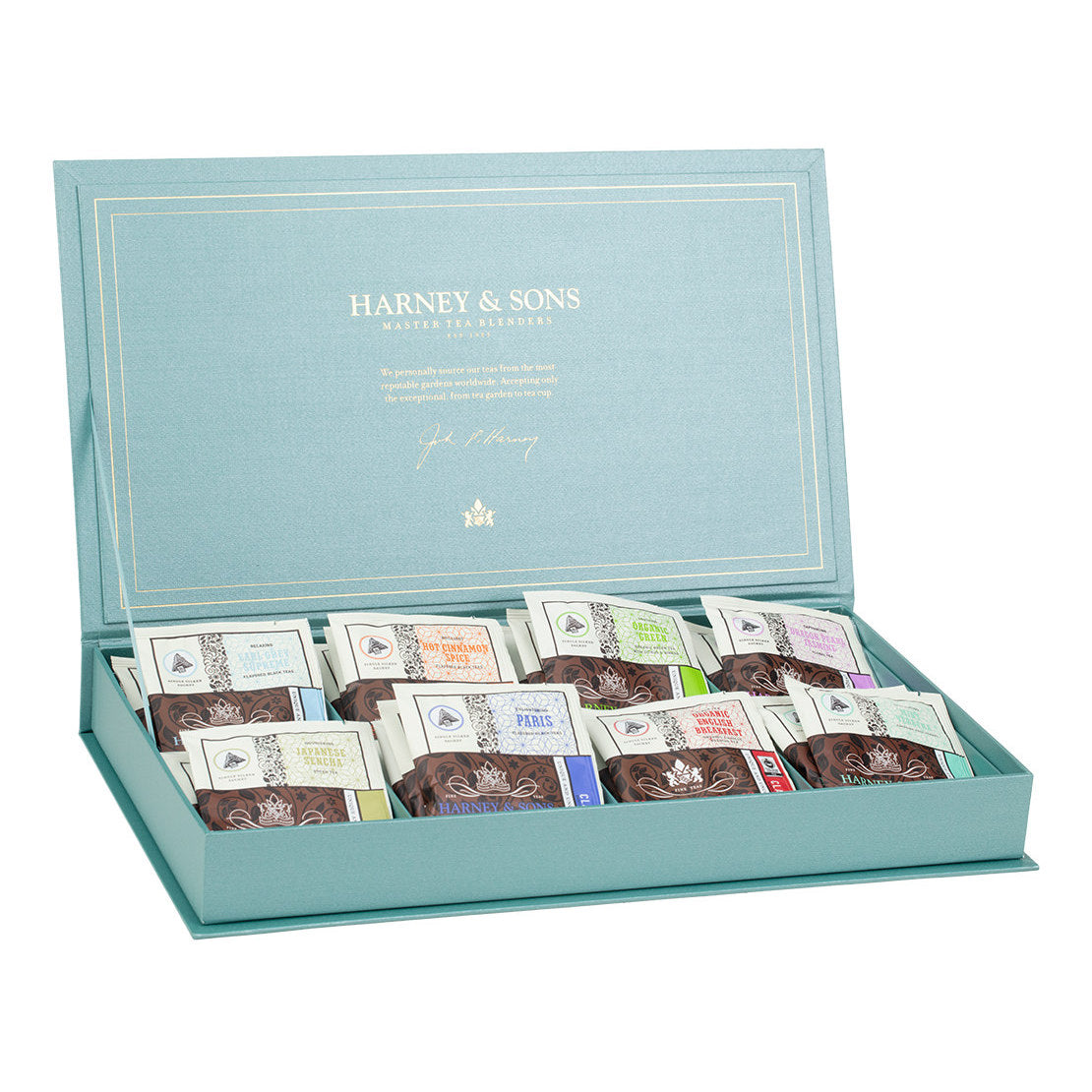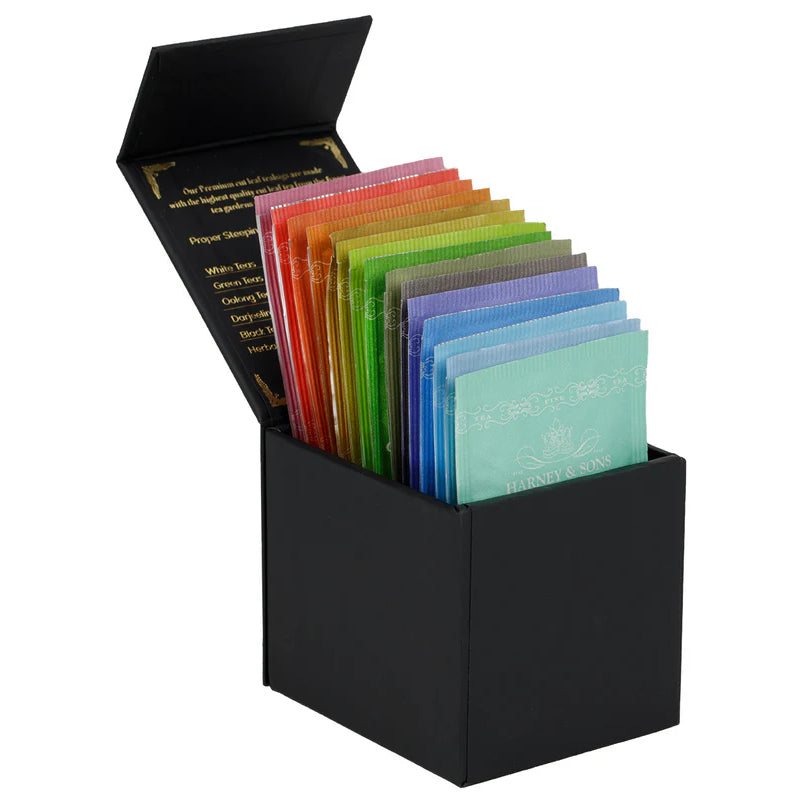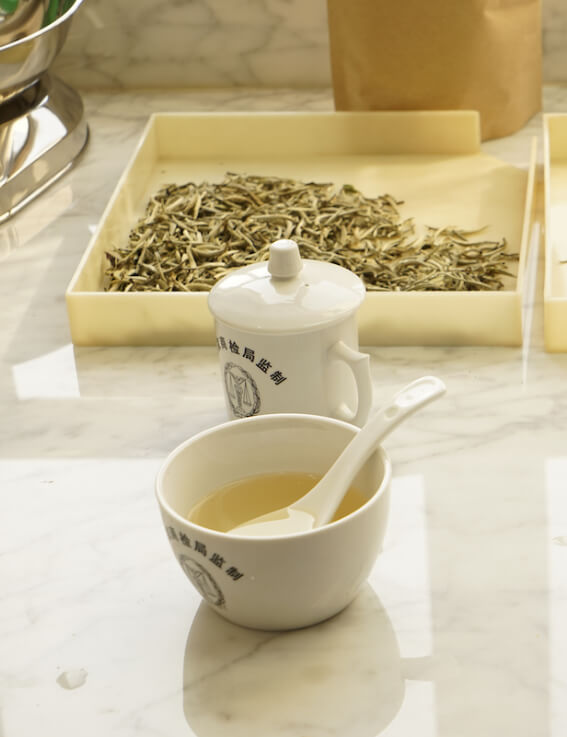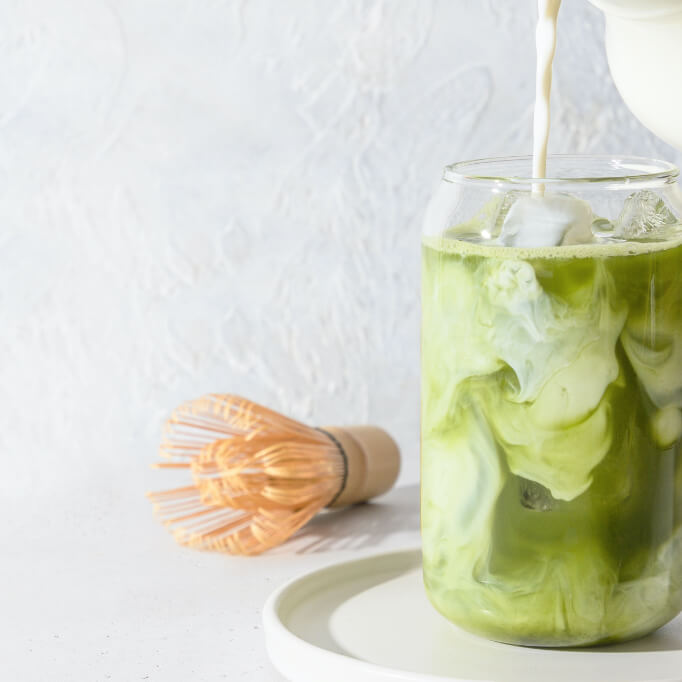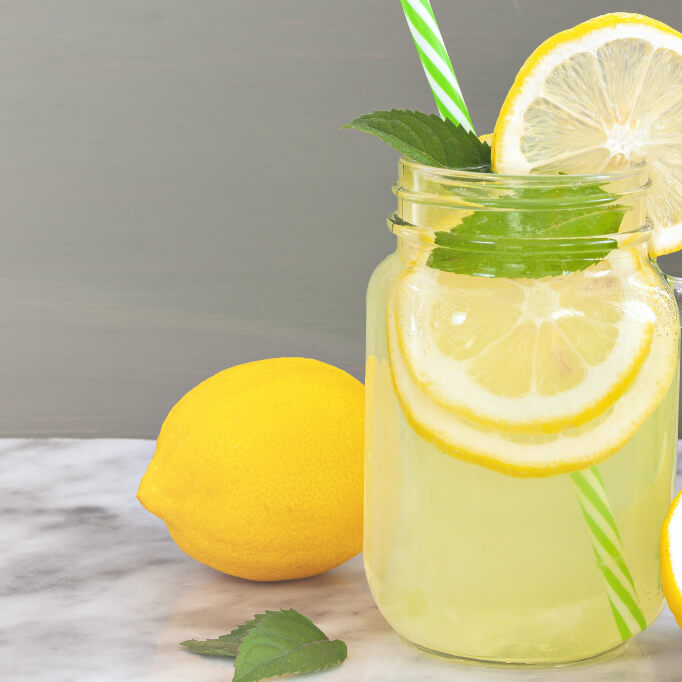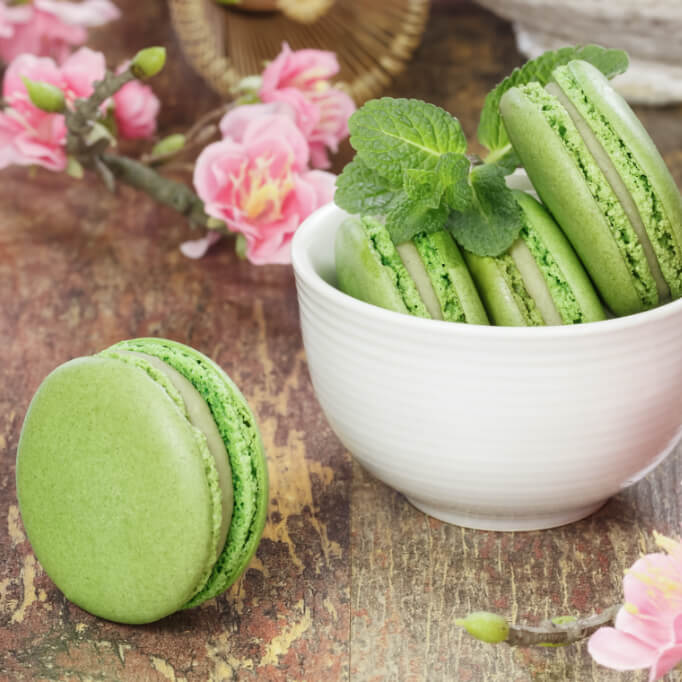Everything You Want to Know about Green Tea

You’ve probably heard a lot about green tea, mostly about its health benefits. There’s a lot more to know about green tea than all the wonders it can supposedly do for your health (while there is good reason to believe it is beneficial, more research needs to be done — more on that later). But what makes green tea so unique? And what is the difference between the types? Read on to learn everything you probably ever wanted to know about this wonderful tea.
What Exactly Is Green Tea?
Like black, white and oolong teas, green teas originate from the same species, the Camellia sinensis. It is the processing that makes green tea, well, green. In order to make green tea, the fresh tea leaves are briefly cooked using either steam or dry heat. This process fixes the green colors and fresh flavors. Which method is used, however, does affect the outcome. Not all green teas are the same.
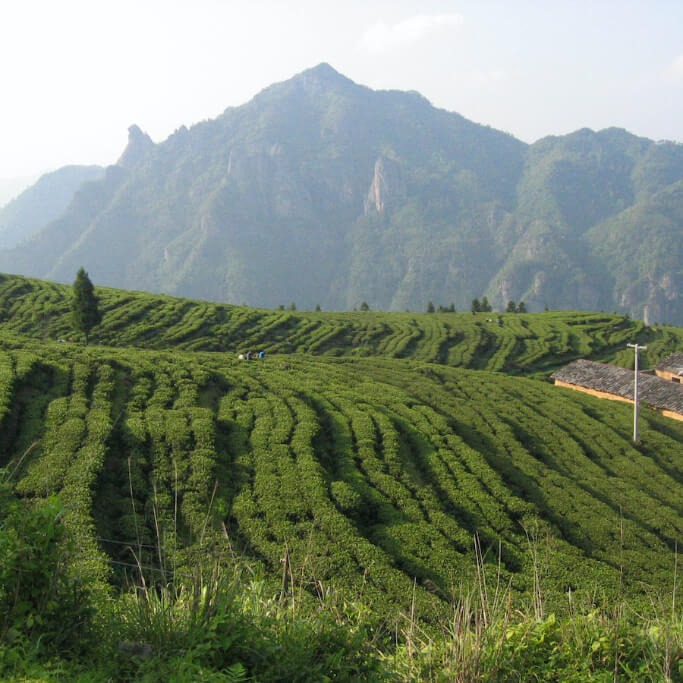
How Is Green Tea Made?
First, let’s talk about Chinese green teas and the processes they use. The light flavors of Chinese greens emerge only after the leaves have been plucked and then fixed. When tea makers “fix” green teas, they preserve the chlorophyll by quickly heating the leaves after harvest. The heat destroys the enzyme that would otherwise turn the leaves brown. The same enzyme browns an apple or potato when the flesh is exposed to the air; just as cooking apples or potatoes preserves their white color, fixing tea keeps it green.
While the Japanese fix their teas by steaming them, Chinese tea makers use a panoply of methods, each with their own flavors. Legend tells us the first tea was blanched when a fresh leaf fell by chance into a bowl of hot water. Tea makers later steamed teas— it was from the Chinese that the Japanese learned the technique in the ninth century — but then began fixing the leaves in hot woks. Today, some tea makers in China also fix teas in bamboo cylinders or ovens with blasts of hot air.

Woks and ovens affect Chinese green teas in two ways: they sweeten the leaves further by searing them, and they fix the leaves more slowly, allowing them to develop a wider range of aromatic compounds.
Whereas China’s tea industry has experienced perennial innovation and upheaval, tea makers in the small nation of Japan have adhered to the same production methods for almost the last 200 years — in the case of matcha tea, for the last 500. Some tea companies around the Japanese city of Uji have been producing tea since the 1600s. That kind of continuity doesn’t exist in China or anywhere else in the world.
If anything has changed since tea first arrived from China in the ninth century, it is that the teas have become more uniform. While today the Chinese make tea from at least six hundred cultivars, the Japanese concentrate on just one. The yabukita clone was introduced in 1954 and now grows in over 90 percent of Japan’s tea farms.
The varietal produces a greater concentration of certain compounds called “amino acids” that give Japanese teas much of their characteristic brothiness, or umami.
While the Chinese draw on an arsenal of methods to fix their teas — woks, wood fires, charcoal, hot air, steam or some combination, each creating distinct flavors — the Japanese use only hot water. Chinese tea makers manipulate their leaves to form every shape from snail shells to plum blossoms and invent new forms all the time. Those Japanese tea makers who don’t follow the thousand-year tradition of milling their leaves into matcha powder follow the more recent sencha leaf-rolling method, invented in 1740.
Growing Green tea
Uji is Japan’s oldest tea-growing region, and Uji tea farmers created the two principal sources of variation in Japanese teas: (1) sencha sun-grown teas and (2) gyokuro shade-grown teas.
Growing tea in the shade builds up the levels of both chlorophyll and amino acids in the leaves, while lowering the polyphenols, giving the teas a darker, more vivid emerald hue and a smoother, more mellow and less astringent flavor than teas grown entirely in the sun. Gyokuro, tencha and matcha are shade grown and often have a quality known to the Japanese as umami, for their mouth-filling richness.
With slightly lower levels of amino acids and chlorophyll and higher levels of certain polyphenols, sun-grown teas are lighter in color, more vegetal and a little more astringent. There are two varieties of sun-grown teas: sencha and bancha. Growing on the same bush, sencha, which means “new tea,” consists of the smaller, tenderer leaves that emerge first; bancha is made from the larger, older leaves that grow after the sencha leaves have been plucked. The slightly sweet vegetal flavors found in sencha are transformed in bancha to more grassy notes.
While green tea production methods vary, the focus is always to fix the green color. Thus, green teas are not oxidized. We carefully select our green teas from the best tea leaf fields in China and Japan. Speaking of which…
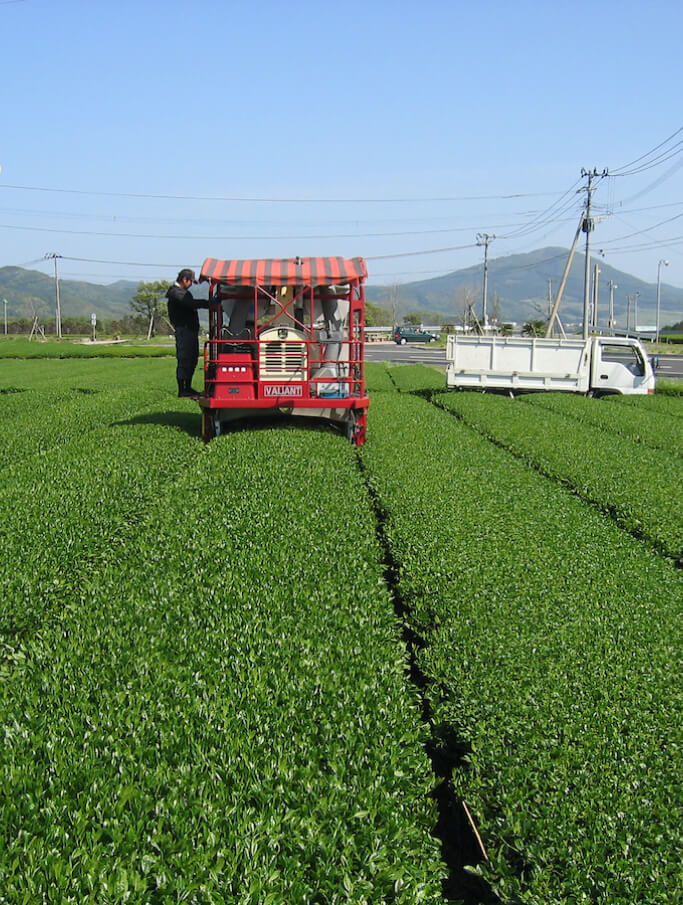

Where Does Green Tea Come From?
Although green teas grow all over the world, as you likely suspect by now, the finest come from China and Japan. China has been producing tea for at least the last 5,000 years, while the Japanese have made tea in earnest for just the last 500 years.
How Does Green Tea Taste?
While milder than most black teas, green teas are considerably more assertive than whites, with a fuller, rounder body, a darker liquor and delicious vegetal flavors.
Compared with the darker, more mouth-filling Japanese green teas, Chinese greens have the gentler vegetal flavors of steamed leeks, green beans or bok choy. And where Japanese greens have no sugariness, some Chinese greens have charming sweet notes of cooked carrots, jasmine and sometimes a subtle hint of honey. Other Chinese teas like Gunpowder or Chun Mee have flavor notes of charred leeks.
Much of this sweetness begins in the fields, stemming from the same component in white tea: the bud. The best Chinese green teas are hand-harvested in the spring from “leafsets,” consisting of a bud and its two adjacent leaves. Plucked over a tiny window of just 10 to 14 days in late March or early April, these springtime leafsets hold more sugars and other flavor compounds than leaves at any other time of year. As the temperature rises and the plant emerges from winter dormancy, the roots send out stored glucose and other flavor compounds to the buds to restart growth. Spring teas may also have more antioxidants, as the plant sends out extra polyphenols to protect the leaves from bugs.
In China, these springtime teas are sometimes called Qing Ming teas, since their harvest begins around the same time as China’s Qing Ming spring festival.
As Mike says, the buds are the tea plants babies, so they are spoiled with all of this goodness. And we love the way this goodness tastes.
With their vivid dark leaves and intensely green liquors, Japanese green teas have the heft of a thick vegetable broth and the deep, vegetal flavors of steamed spinach, sauteed green bell peppers and sometimes nori seaweed. Before WWII brought an end to the trade, Japanese green teas made up an incredible 40 percent of all the tea imported by the U.S. That trade has never resumed; today the Japanese drink almost all the teas made in Japan.
These teas are wonderful palate builders if only because the differences among them can be so subtle. They require a taster’s full attention. In every way Chinese green teas vary, Japanese green teas can be remarkablly alike. Indeed, the very phrase “Japanese green teas” is redundant, because green is almost the only color of tea found in Japan. Put that tidbit in your pocket and save it for a time to impress your friends!
Types of Green Tea
At Harney & Sons, we carry a vast array of green teas. We organize them in four broad categories:
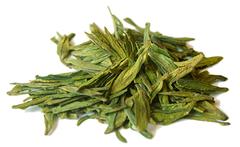
One of the two gold standards of green teas, here you’ll find several options of teas we have discovered in China and brought back for you to enjoy.
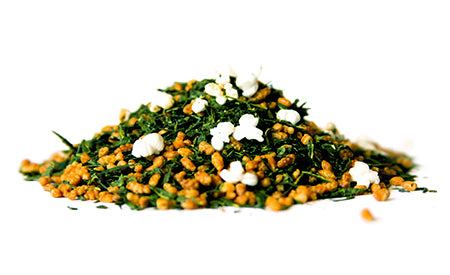
The other gold standard, as we have discussed, Japanese teas are a different taste and aroma experience than Chinese green teas. Try both types and experience the difference.
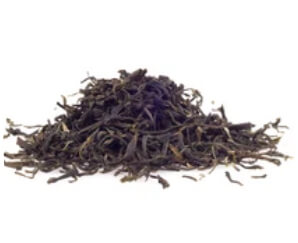
While they are the most prolific and best-known producers of green teas, China and Japan are not the only regions where green teas are grown.
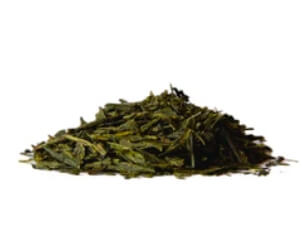
Since 1983 we have worked to create fine tea blends, each one with a story all its own.
In addition to poking around in our four main green tea cabinets, here are some classic examples of green teas to sip and savor:
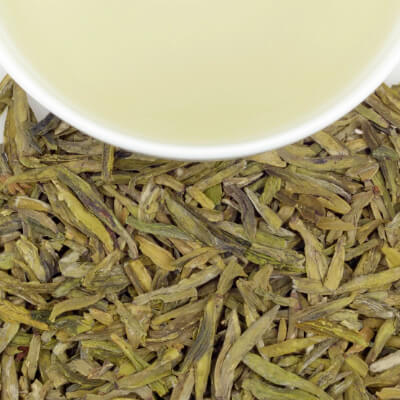
Lung Ching is to Chinese green teas what French Champagne is to sparkling white wines: the standard against which all others are measured. It has a medium light body and pale yellow color, with flavors of roasted eggplant, with steamed bok choy and toasted walnut flavors along with vegetal sweetness of spring clover.
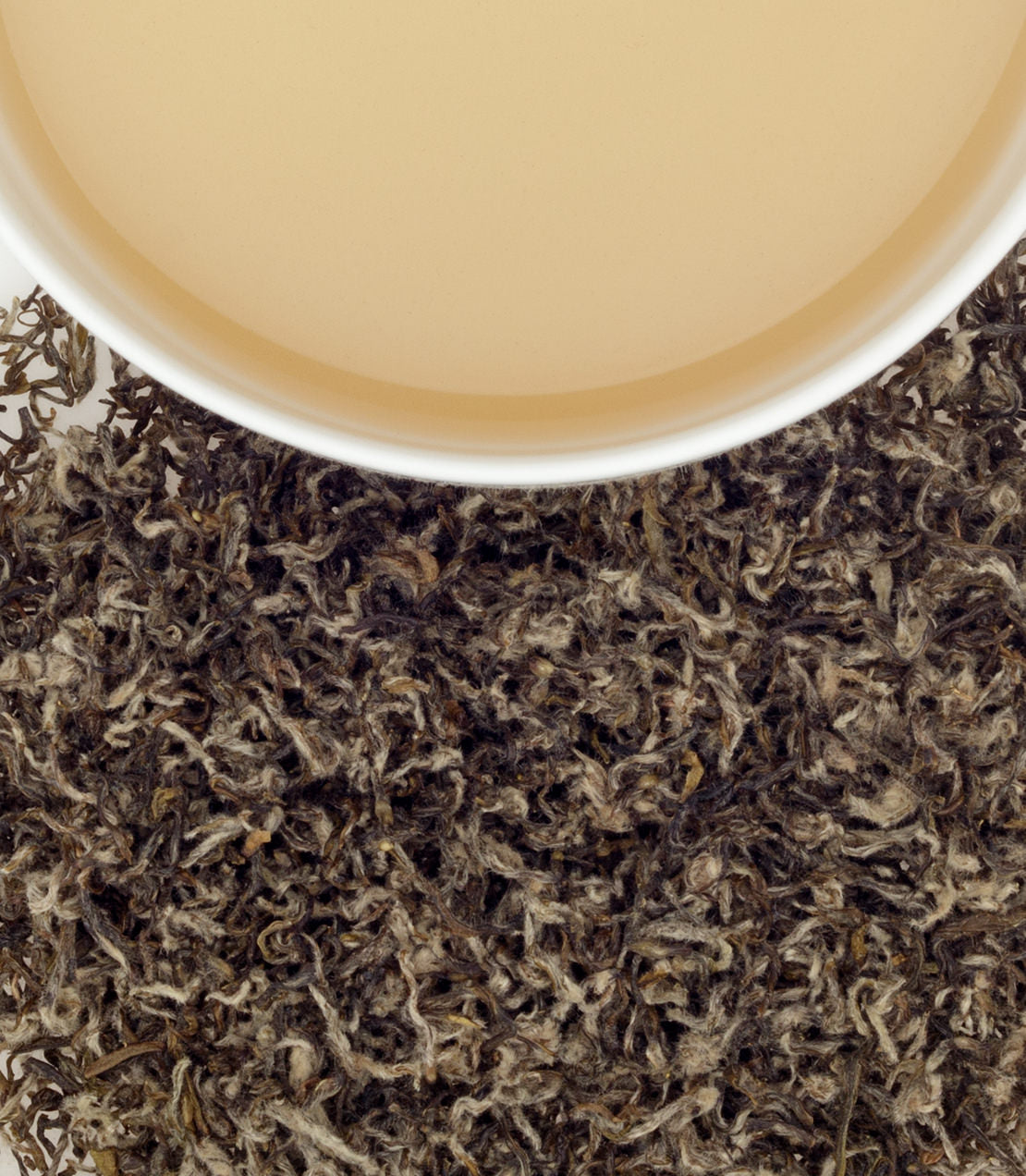
Bi Lo Chun is a popular and ancient tea, enjoyed throughout China for centuries. It has a light body with a pale green liquor. Its faint hint of jasmine is nearly overmatched by the roasted, vegetal flavor of grilled endive. In the finish, the vegetal flavors resolved back to the floral tinge of jasmine and orange blossoms.
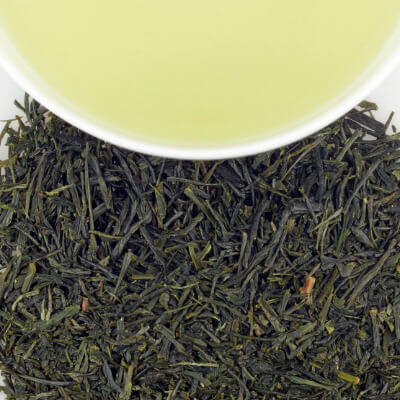
Yoshihiro Matsuda lives in Japan’s great Uji tea region, and his farm has been in his family for generations. Matsuda makes this tea from start to finish. It has a medium-light body and an intense yellow green liquor. Its flavors are vegetal, opening with sauteed chard and resolving to a roasted nori seaweed. Its sweetness is balanced by a slight bitterness on the back of the tongue. The sweetness endures and evolves long after you’ve sipped the tea.
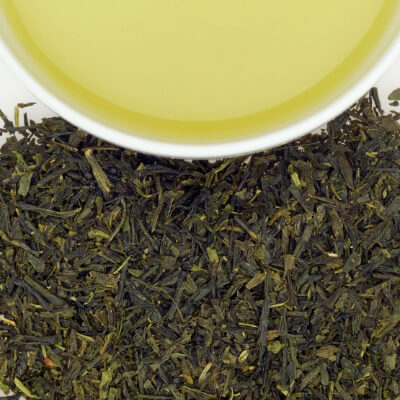
This summertime Japanese green tea has a light body and bright yellow liquor. A lively, grassy tea, it has lighter vegetal flavors of grass, celery and wet wood.
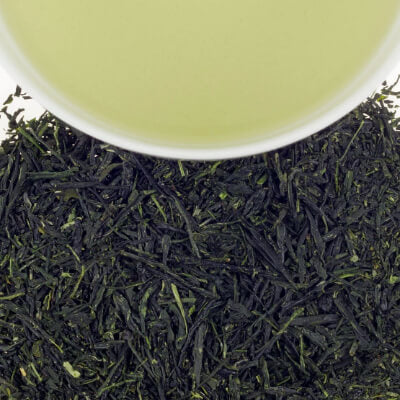
Gyokuro is one of Japan’s finest teas. It has a medium body, fuller than most green teas and a pale green liquor. It has the lush green flavor of the freshest steamed spinach, the cooked flavor of toasted walnuts and a very slight note of sulfur.
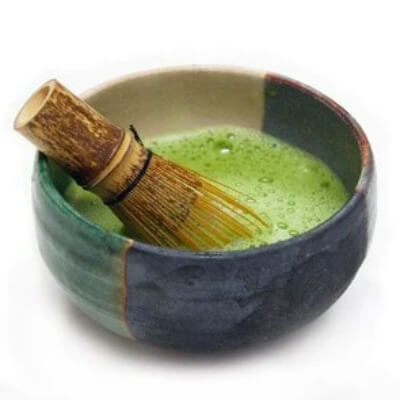
Matcha is perhaps the greenest of green teas! It is made from tencha leaves. (Tencha is hardly ever drunk in Japan, as the leaves are usually ground into matcha powder, but if you want to try tencha before it becomes matcha, you can!) Matcha is the oldest type of tea found in Japan and comes in several levels: thin, thick and extra thick. Even the thin grade is a much thicker experience than drinking a regular cup of tea. Matcha tastes intensely of spinach and artichokes, followed by a bracing caffeine bite.
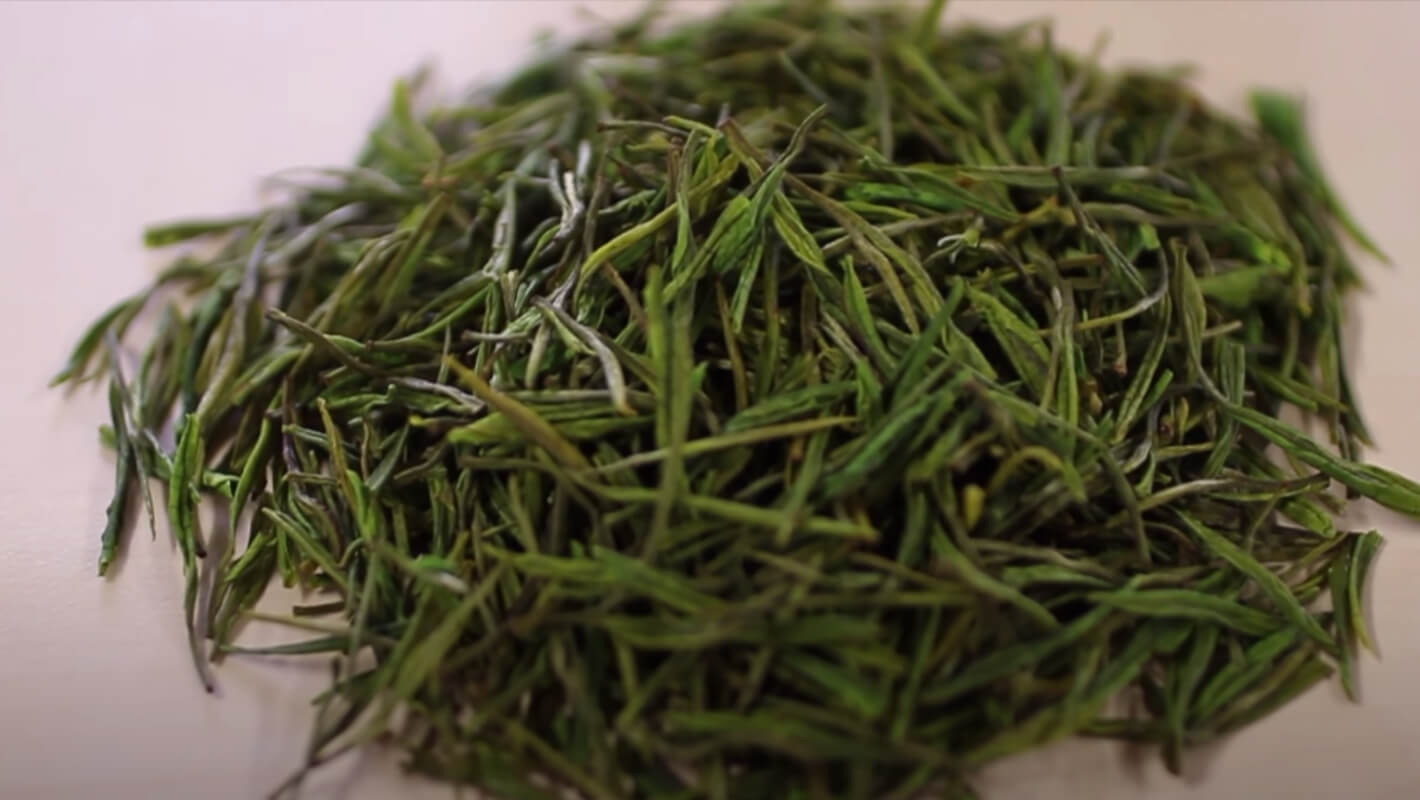
The Harneys : Green teas to try this New Year
How Much Caffeine Is in Green Tea?
It is quite difficult to gauge how much caffeine is in a cup of tea, because it depends on so many factors: the tea itself, how much is used in a cup, and how long it is brewed. But the general rule is a cup of green tea contains about one-third as much caffeine as a cup of coffee, 40-60 mg per cup.
There are ways to mitigate the amount of caffeine in your cup of green tea, however, during the brewing process.
*While these caffeine levels hold true generally, caffeine in tea varies from plant to plant and within tea types.
To keep caffeine levels low, consider the following:
- Brew your tea properly with the correct amount of water, temperature and brew time.
- Use loose leaf tea. Teabags tend to contain smaller, cut leaves resulting in a faster caffeine extraction.
- Try a green tea blend, which tends to contain ingredients that are naturally caffeine free, or go for a decaf option like our decaf Sencha.
How to Brew Green Tea
Instructions:
1. In your teapot, or filter, add 1 teaspoon of loose tea for each cup of tea you’re brewing.
2. Pour fresh water over the tea or tea bag. This super-saturates the tea, allowing the perfect extraction of the flavor.
3. Green teas vary on their optimal brewing temperature based on their origin. Japanese green tea leaves are the most delicate and taste best when brewed at 160° F. Chinese green tea leaves can take a little more heat at 175° F. If you bring your water to the boiling point, you will scorch the tea, ruining the flavor. You can use electric water-dispensing pots to heat water to exact temperatures, or you can insert instant-read thermometers to check water temperature prior to pouring over your green tea leaves. Or let the water cool for a few minutes.
In fact, antioxidant levels in green tea have been reported to be 100 times more effective than vitamin C and 24 times better than vitamin E in protecting our immune systems. While research is ongoing and there is still speculation as to what role tea, and green tea in particular, plays in disease prevention, a cuppa two or day certainly won’t cause any harm!
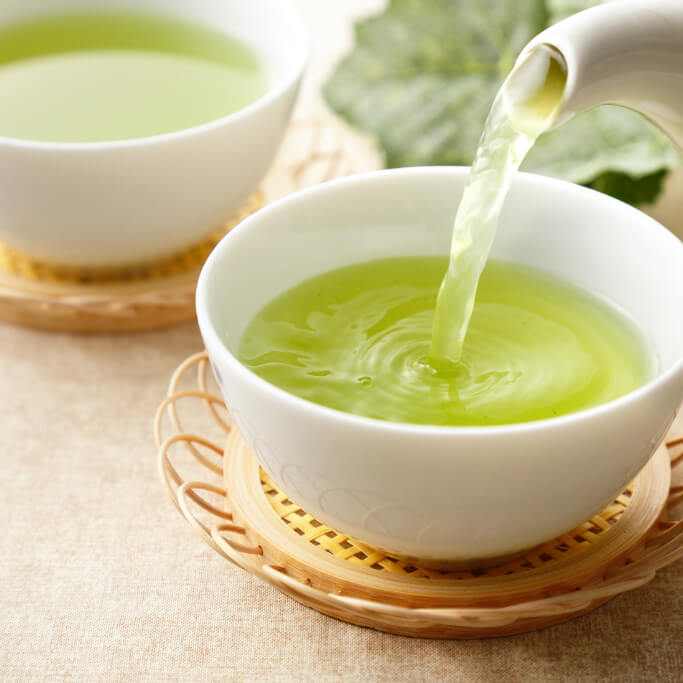
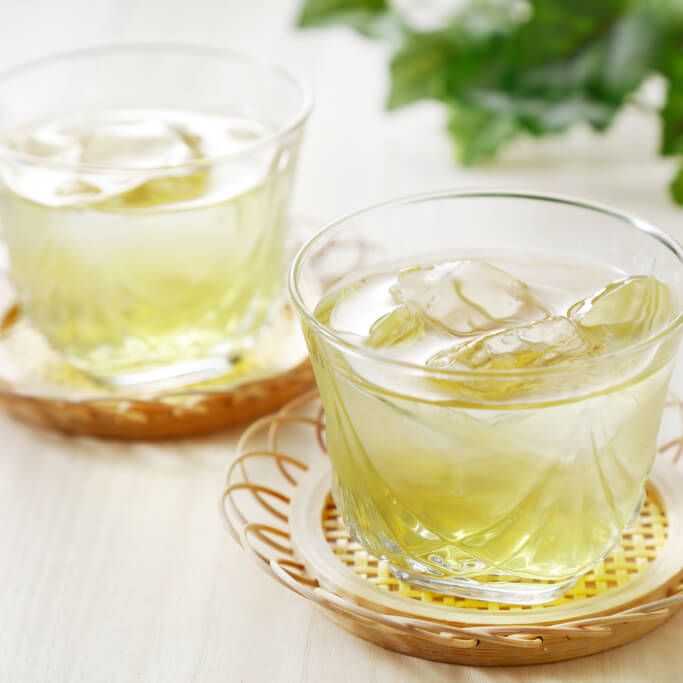
Instructions Cont'd:
4. Green tea leaves should steep for at least 1-3 minutes, depending on the blend and origin. Japanese green teas often only need a minute or so to steep. However, each batch and each drinker’s palate will dictate the proper brewing time. Observing both the tea liquor and body will help you gauge whether you have brewed your tea for the correct amount of time.
5. Use a brew-in infuser in order to remove the tea leaves immediately, which eliminates any opportunity to accidentally over-steep. Pour the freshly brewed tea into your selected cup.
Some Japanese green teas also taste delicious in cooler temperatures of 140° F or even cold brewed. One of our Japanese brokers actually brews their Gyokuro triple strength and pours it over ice immediately, which seems to enhance the umami quality of this delicious shade-grown tea. Have fun and experiment!
How Should I Store My Green Tea?
Storing green tea is no different than storing all types of tea. Our tea tins are airtight, keeping out things tea doesn’t like such as moisture, oxygen, absorbable odors and light. We’ve got all kinds of helpful tips for storing tea and keeping it fresh in our Does Tea Go Stale? blog post. Some green teas can be quite an investment, so make sure you follow our tips for proper storage. Please note that expensive green teas do lose their special qualities in a few months. So just buy enough. Here at Harney & Sons, we store our special green teas in a cooled room. Your refrigerator is moist and has aromatic food in it, so we do not recommend that.
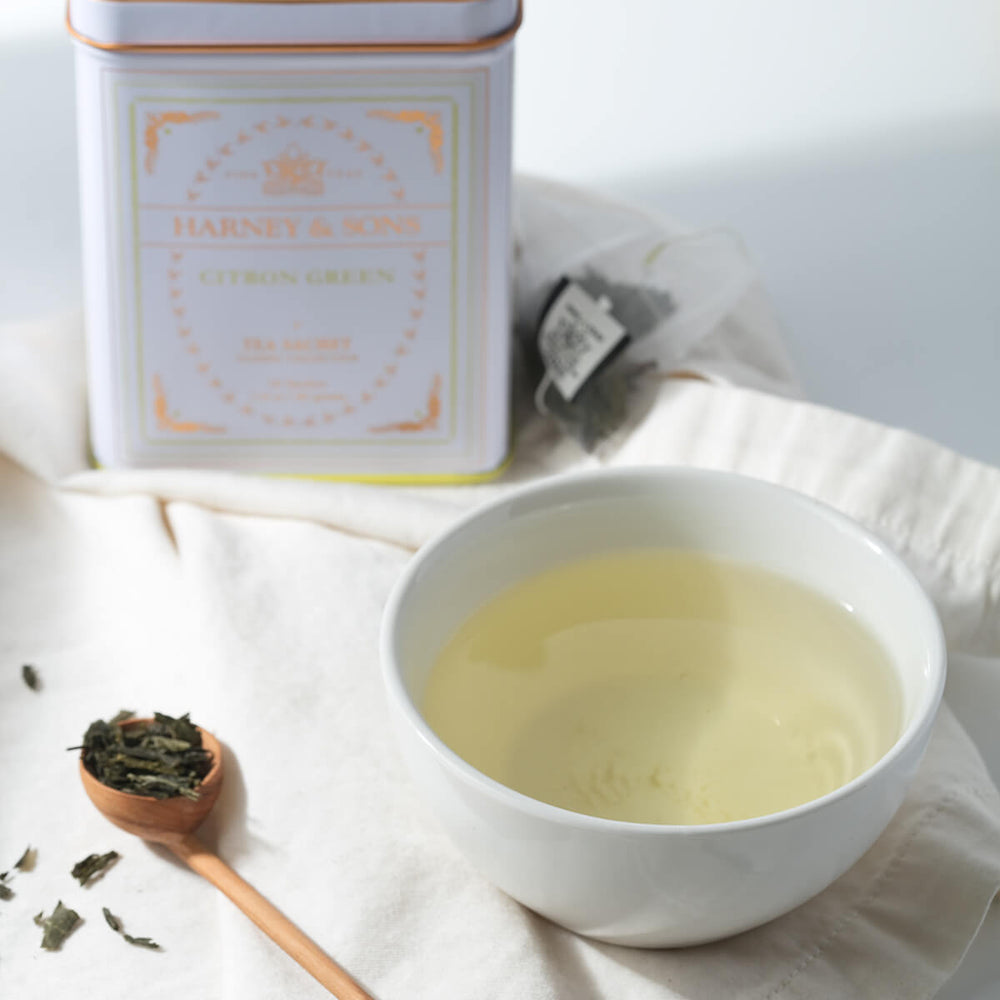
Green Tea Health Benefits
Tea buds and leaves contain antioxidant compounds called flavonoids. Because of how it is processed, green tea undergoes less internal change… which means it contains the largest quantity of intact catechins. Green tea catechins — a substance that protects our cells from damage by free radicals — consist of four antioxidant compounds, which is why green tea has long been believed to have many health benefits.
In fact, antioxidant levels in green tea have been reported to be 100 times more effective than vitamin C and 24 times better than vitamin E in protecting our immune systems. While research is ongoing and there is still speculation as to what role tea, and green tea in particular, plays in disease prevention, a cuppa two or day certainly won’t cause any harm!
How Much Green Tea Is Safe to Drink?
There are no guidelines on how much green tea is too much, so as in everything moderation is always a good rule to follow. If you are drinking caffeinated green tea, however, or any caffeinated beverage, you should keep an eye on how much caffeine you’re ingesting, especially if you have blood pressure concerns. However, if you want to reap the health benefits of green tea, following the lead of our Asian friends of having several cups a day is likely a good idea in order to maximize those antioxidants and other beneficial properties of green tea.
Green Tea Recipes
There is much more you can do with green tea than enjoy a traditional cuppa. Green tea has become very popular in other sippable forms, such as green tea lattes, and as an ingredient in the kitchen. Here are just a few examples of ways you can expand your green tea world.
Whether you prefer the taste of a Chinese green, are hands-down a Japanese fan, enjoy a flavored green tea or are a die-hard matcha lover, there’s a green tea that’s perfect for you. If you haven’t enjoyed the unique flavors of a green tea, now you know the differences and can make an informed, delicious choice!


